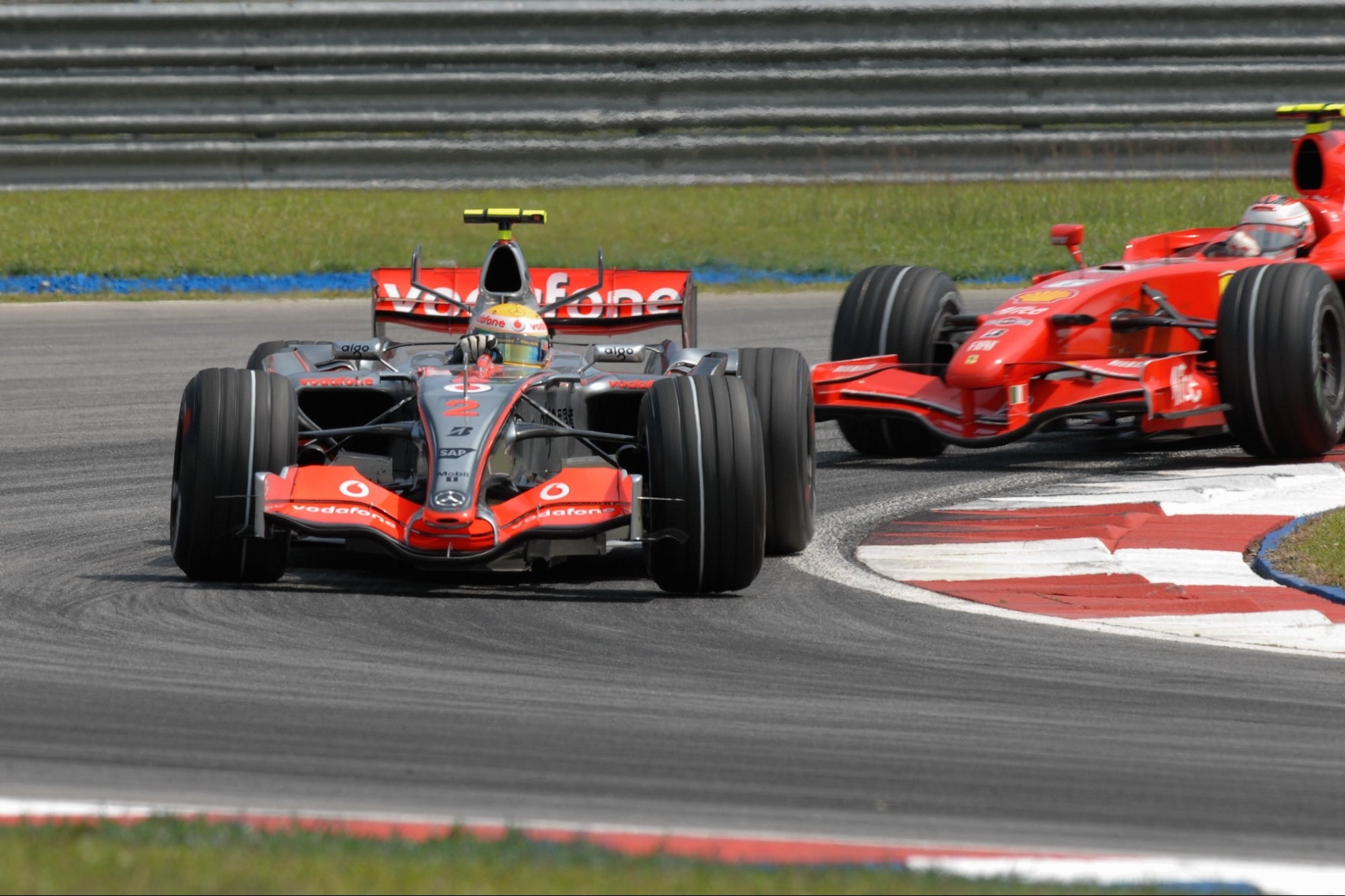How does McLaren win the race both on the track
 This article was translated from our Spanish edition using AI technologies. Errors may exist due to this process. Opinions expressed by Entrepreneur contributors are their own.
This article was translated from our Spanish edition using AI technologies. Errors may exist due to this process. Opinions expressed by Entrepreneur contributors are their own.


Depositphotos.com
Innovation is essential for success. With the Mexican Grand Prix approaching soon, as it will take place on November 7, these innovations will be the center of attention, highlighting some of the most incredible feats of engineering: Formula 1 (F1). The fastest team will largely depend on your ability to innovate to win the race.
For the McLaren F1 team, that means perfecting the car to stay ahead of the competition. Every 17 minutes, McLaren creates a new part for its car. And, at the end of the season, 80% of the car will be completely different. With more than 180 Grand Prix victories and 20 championships, this strategy has served the historic McLaren team well.
But innovation is also critical to winning the race in cyberspace. To outcompete cyber attackers, organizations must invest in technologies that prioritize research and development, deploying technology to combat the growing number of increasingly sophisticated threats.
Protecting McLaren’s crown jewels
The constant evolution of the car makes McLaren’s intellectual property – that is, the car’s designs and its performance characteristics – its most prized jewel. Just as a startup’s business model or product designs are crucial to any entrepreneur, McLaren’s proprietary data is its most precious resource.
Both entrepreneurs and companies must take the necessary precautions to ensure that criminals cannot steal your ideas. Hackers don’t care about legal frameworks or patents. They will do whatever it takes to cause harm.
A successful cyber attack could cause serious problems for any organization. These attacks could lead to a deterioration in reputation, significant capital losses, or the theft of ideas that are already patented. For McLaren or any other team, the damage that a cyberattack would cause – ranging from access to intellectual property, to the competition strategy or the data from the sensors connected to the cars – could be the difference between winning or losing.
The pace is so fast in racing that F1 teams need technology and innovation to keep up. Proper cybersecurity measures are critical to ensuring intellectual property protection, ensuring equipment can function, and most importantly ensuring victory is achieved.
Cyber Impacts On The Runway: Preventing Closure
Beyond data loss, cyberattacks can have physical consequences in the racing world. A successful cyberattack could disrupt the activities of a business entirely. The closure of any activity for a period of time would be unsustainable.
But for McLaren, not taking the car out on the track is inconceivable. A shutdown attack on a race weekend is the kind of situation that keeps McLaren leaders up at night.
Organizations must understand that hackers will eventually infiltrate. More important than building perimeter defenses with legacy technologies such as firewalls, companies must focus on mitigating the spread of threats and minimizing damage to avoid a shutdown.
Flattening the tires on cyber attackers: Stopping threats on the fly
The digital environment of an entrepreneur, like that of F1, moves at high speed: multiple processes and activities happen simultaneously. For that reason, leveraging artificial intelligence (AI) -based solutions for cybersecurity defense is vital.
The McLaren team uses AI technology to ensure the defense of its digital infrastructure. These artificial intelligence-based cybersecurity solutions automatically alert security teams to threats in their digital infrastructure. These real-time alerts allow security teams to focus their attention on responding to and remediating threats.
Especially during race weekends, it is important that the entire employee base – from the CEO to the team in the box – does not waste valuable time evaluating whether an email or other communication is authentic. They need to trust AI to examine that data for them.
This autonomous responsiveness allows the team to focus on more complex security tasks, without having to worry about relying on the decisions of a single individual to protect the entire company and its infrastructure. Not only is one person at risk by clicking on a suspicious link. The entire company is at risk.
A change in the race venue implies a change in the digital environment
Cybersecurity based on artificial intelligence (AI) is the best way to secure complex and sophisticated digital environments, such as a growing startup or a Formula 1 team. Every weekend, McLaren is in a different place, on a circuit different races.
The most successful AI has the ability to learn about the regular business operations of an organization, thereby identifying abnormal behaviors for that specific environment. In that sense, AI can prevent partial or total business interruption, data theft and other negative repercussions of a cyber attack. This type of AI, called “self-learning”, can adapt as its environment changes, which in the case of F1 is very common.
McLaren learned that it was essential to adopt this type of technology in advance. As attacks and their perpetrators become more sophisticated, defensive technologies need to rely on innovation to stay ahead of threats.
Every entrepreneur and businessman should follow McLaren’s example: embrace new technologies to defend and protect their ideas and their work. McLaren took decisive steps to ensure its cyber integrity; companies should too.






